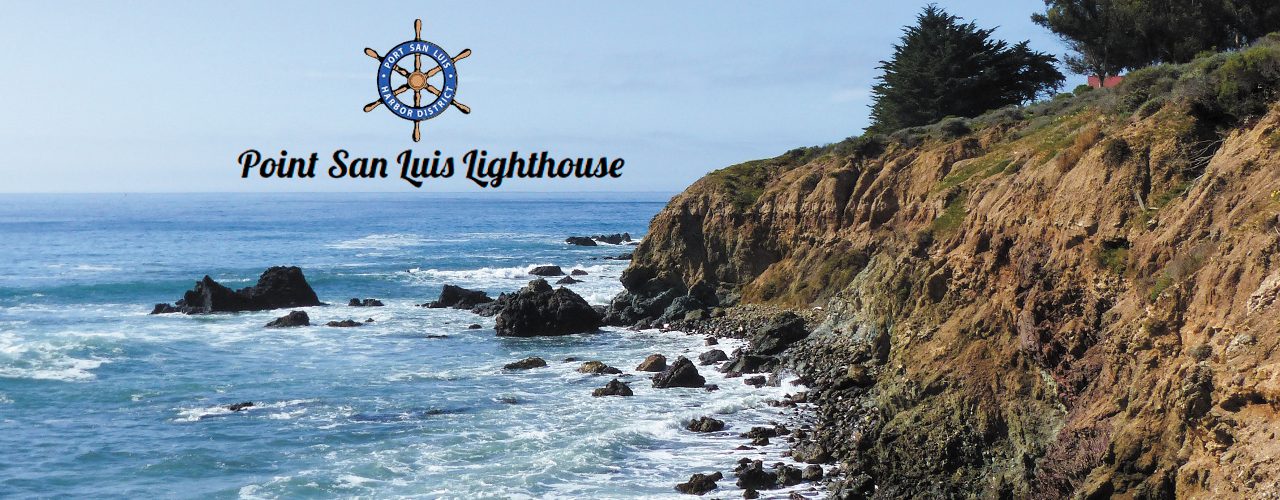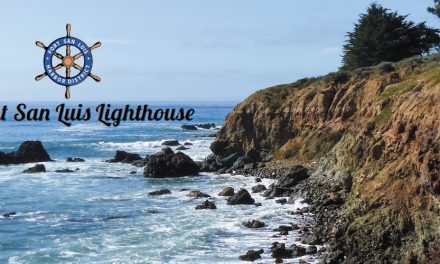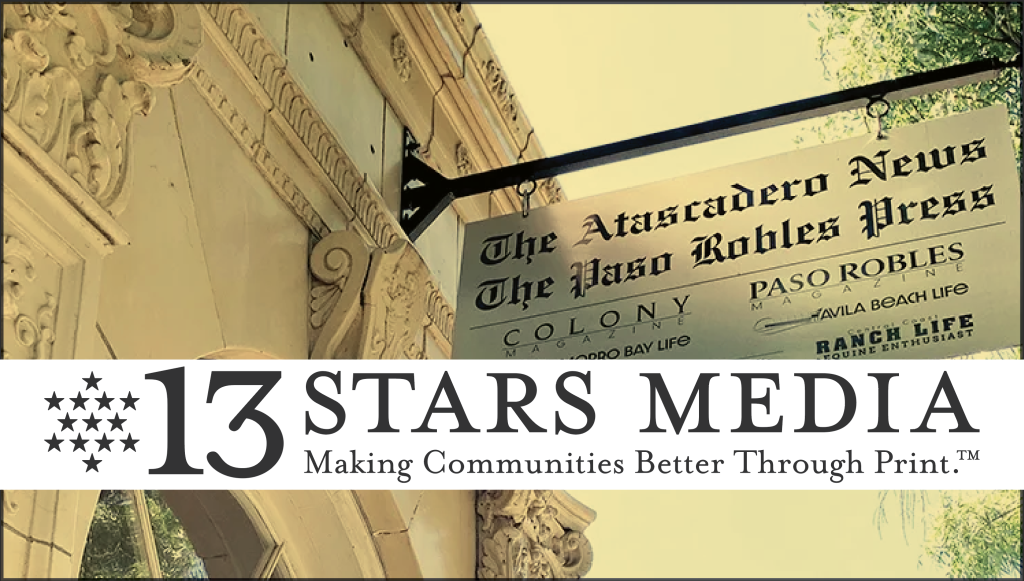A brief look at the Point San Luis Lighthouse and its first Keeper before the Coast Guard took charge
When the Point San Luis beacon was first lit in the summer of 1890, Henry Wilson Young was the head Keeper. He remained head Keeper for 15 years. Only five head Keepers served here during the station’s lighthouse period—before the Coast Guard took charge in 1939: Henry Young, William Smith, George Watters, Fred Saunders, and Robert Moorefield. Moorefield is more well-known to our tour guides due to the oral histories and written memoirs his stepdaughter Lucy provided about her childhood at the light station during the 1930s, but Young’s history is important, too. After all, he was the light station’s first Keeper.
Henry Young was born in England in 1838. Although he learned to read and write, he never attended school. He came to America in 1854, when he was just 16.
A newspaper article about him written in 1908 describes Young as having wandered “every part of the globe excepting the Poles” before he entered lighthouse service. He told a reporter he was with Admiral Turner in the Pacific fleet during the Civil War and served 19 years with the United States Navy.
Young became a naturalized American on May 5, 1880, sworn in as a citizen in Solano County, Calif. He married three days later, at the age of 42. His bride Mercedes Velosa, sixteen years younger, was born in Chile in 1854; her family emigrated to America when she was still an infant.
The Youngs had five children: Henry, born in 1880; Frank, in 1881; Mary, in 1883; Joseph, in 1884; and Mercedes, in 1885. We know what became of Young’s two daughters, but we know virtually nothing about what became of his three sons. Entries in the station’s guest register give evidence that all three boys lived from time to time at Point San Luis during the 1890s. And, according to the federal census, Joseph was on the U.S.T.S. Adams in 1900, having enlisted as a 16-year-old in a training program for Navy apprentices. Nothing else about the boys has yet turned up.




Left, Sketch of Henry Young at age 70, published in the San Francisco Chronicle December 13, 1908. Top right, 1894 photo of Mary and Joseph Young in front of the Keeper’s dwelling. Middle right, 1894 photo of two of Young’s children, Mary and Joseph, in front of the head Keeper’s wash house. The Keeper’s privy is on the right. Bottom right, 1894 photo of man standing beside the door to the fog signal building’s sitting room. The man could be Henry Young, although we cannot be sure. It is likely, though, that Young posed for the photo rather than one of his two assistants. Photos courtesy of the National Archives
Young entered lighthouse service in 1886 when he was 48 years old. His initial assignment was at Point Reyes as third assistant keeper. Shortly after beginning this job, however, he was transferred to Yerba Buena Island and promoted to first assistant.
In 1887, Young was reassigned to the Farallon Island lighthouse as first assistant keeper, then promoted that same year to head Keeper. In May 1890, Young was reassigned again, this time to Point San Luis, to assume management of the new lighthouse and supervision of the two assistant keepers, Stephen Ballou and Antonio Souza, both local residents who were new to lighthouse service.
Just prior to Young’s transfer to Point San Luis, tragedy struck. On February 25, 1890, an article appeared in the Daily Alta California about the death of his youngest child:
“Information was received yesterday from H.W. Young, lightkeeper at the Farallons, of the drowning on Saturday last of his little four-year-old daughter. It appears that the child was out in a boat with her brother when the craft was capsized. The girl’s foot was caught in the gear of the boat, and being thus kept under the water, she was drowned. “
Perhaps it was the loss of little Mercedes that provided the impetus for Young’s transfer. Point San Luis was certainly a safer, better, less remote posting for this lighthouse family than the Farallons, and they needed a fresh start to help heal from the death of this child.
Young’s rapid rise in the lighthouse service—from third assistant keeper to first assistant keeper, to head Keeper, all in the span of just two years—suggests he was well-suited to manage this new operation and oversee his two inexperienced subordinates. He was well-regarded by the local press and the local community. When the Avila schoolhouse was built in 1903, he was selected as one of its trustees.
While no verifiable images of Young have yet been found—only a sketch of his face in profile at age 70 published in the San Francisco Chronicle—the 1892 San Luis Obispo County voter registration rolls described him as 5’11” tall, with grey eyes, a fair complexion, brown hair, and tattoos on both arms.
Young served as head Keeper at Point San Luis until November 1905 when, with his wife, he transferred to Alcatraz Island. He was 67 years old. Whether he requested the transfer or whether the transfer was at the request of the government is unknown.
Three years before he transferred, his daughter Mary died of consumption at the home of Louis Enos in San Luis Obispo’s Laguna Lake district. Mary was likely staying with the Enos family to be near her attending physician, Dr. William Stover, a prominent member of San Luis Obispo’s medical community who later founded the city’s first private hospital. The children in the Enos family may have been Mary’s schoolmates and friends. She may even have boarded with the family during school terms.
Two years after Young’s transfer to Alcatraz, in March 1907, his wife suffered a fatal stroke. He buried her in Cypress Lawn cemetery and had Mary’s remains moved to the family plot there later that same year.
Less than two years later, in February 1909, he would be buried there, too.
Young was the head Keeper at Alcatraz Island at the time of the 1906 San Francisco earthquake. His entry in the Alcatraz logbook for April 18, 1906, records: “5:30 A.M. violent and continuous earthquake…San Francisco on fire…is this the end of the world? Terrible seeing S.F. from here.”
Henry Young was the first head Keeper at Point San Luis. He was also the last Keeper at the original Alcatraz Island light tower built in 1854—the first light on the Pacific Coast. In their 1976 book, Lighthouses of San Francisco Bay, Ralph, and Janetta Shanks wrote:
“Alcatraz Island had become the site of an extensive military prison in the 19th century, and its buildings were ever-increasing in size and number. By 1909 the prison had so overshadowed the original beacon that a new lighthouse had begun. The lens was transferred from the old structure to the new, and the role of the West’s first lighthouse ended.“
——
A longer version of this article, penned by the author, appeared in the August 2017 edition of The Keeper’s Log, the membership journal of the United States Lighthouse Society.





